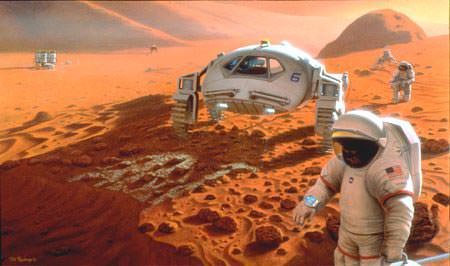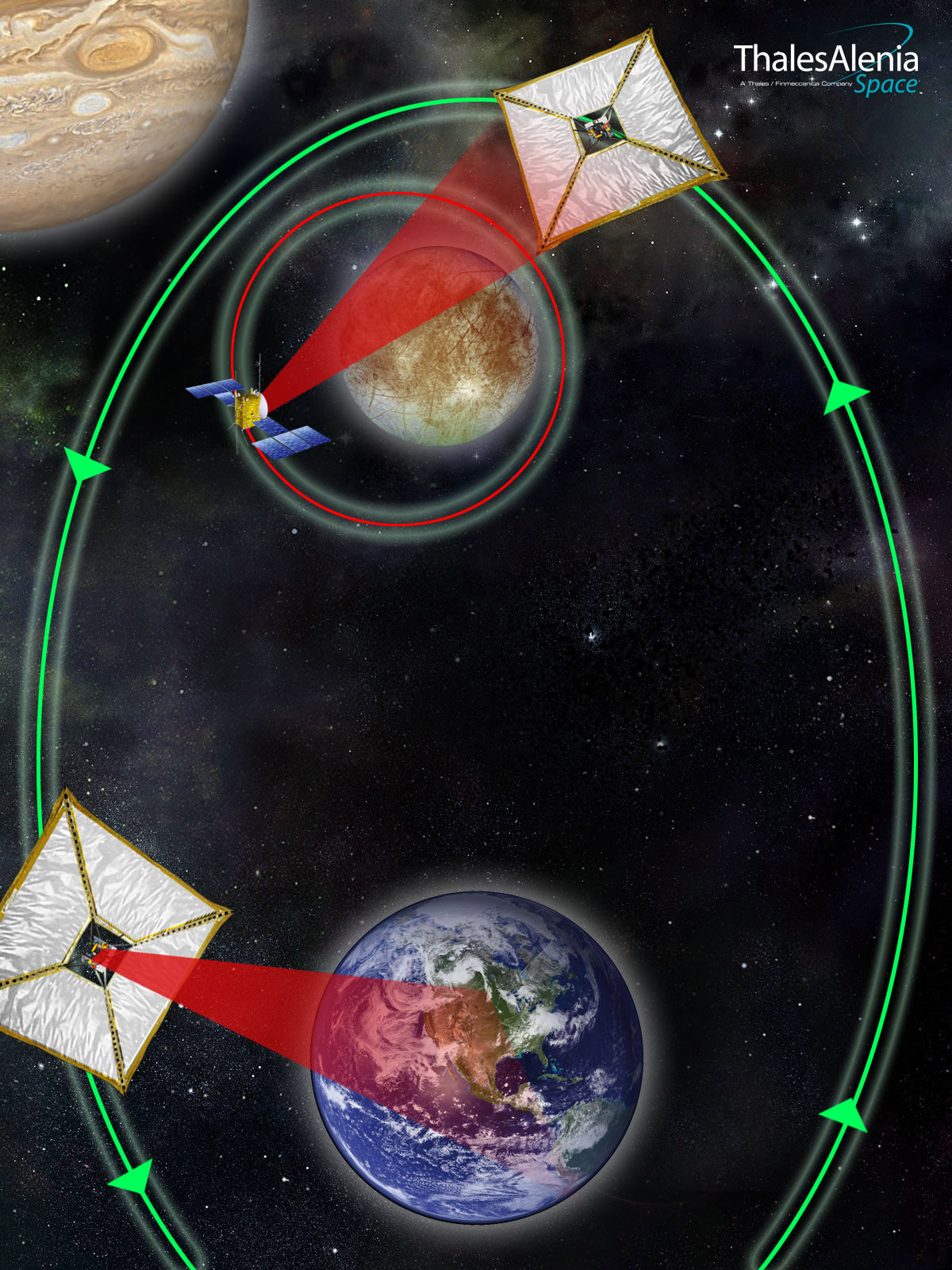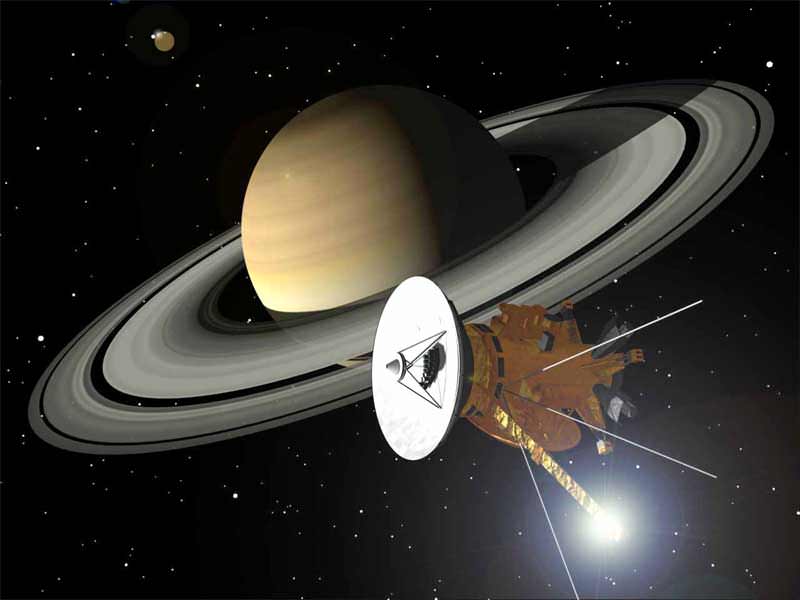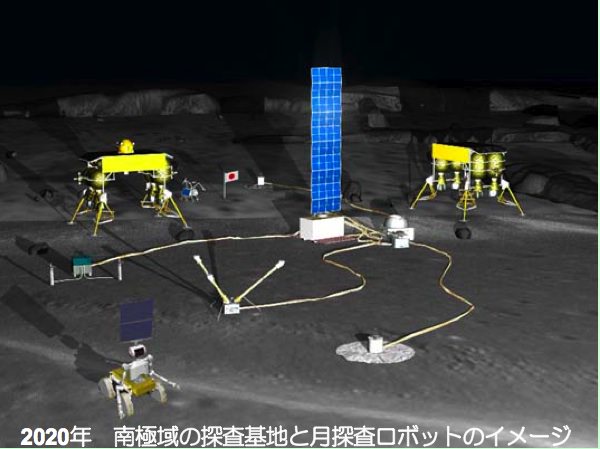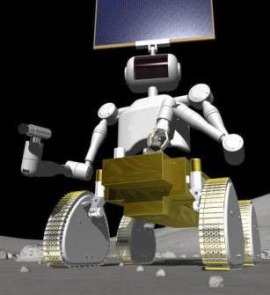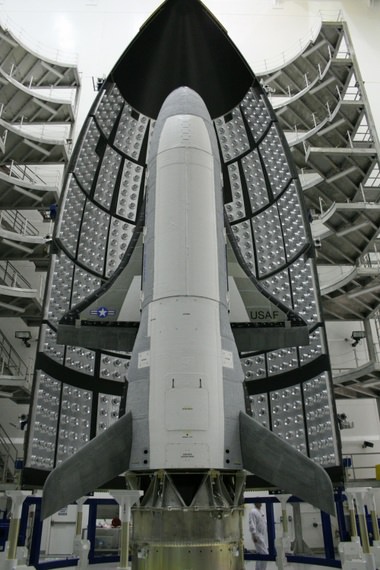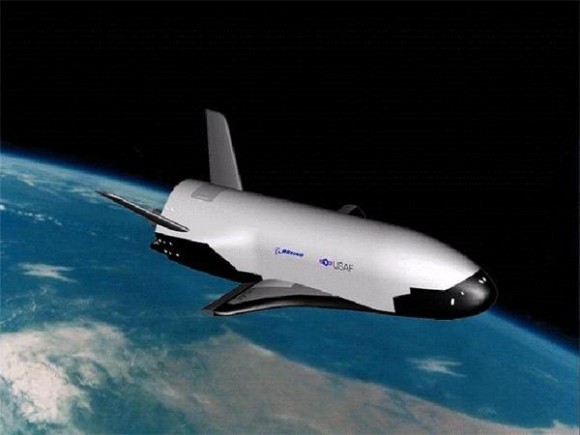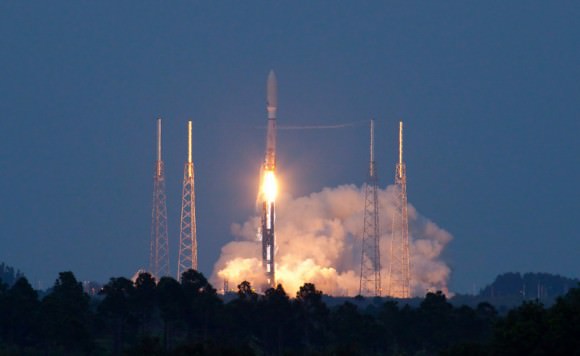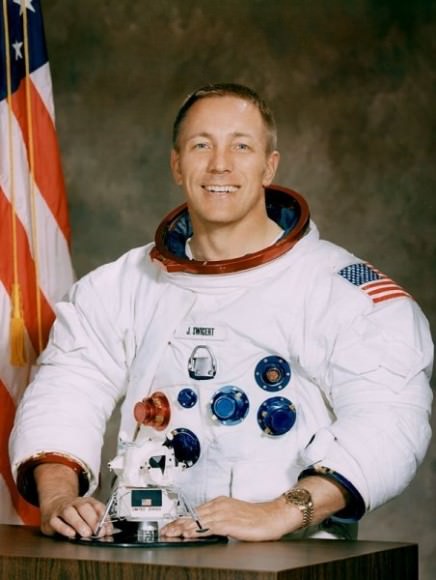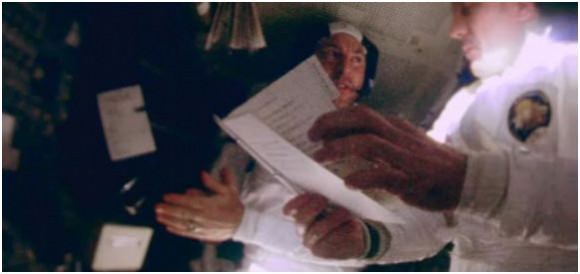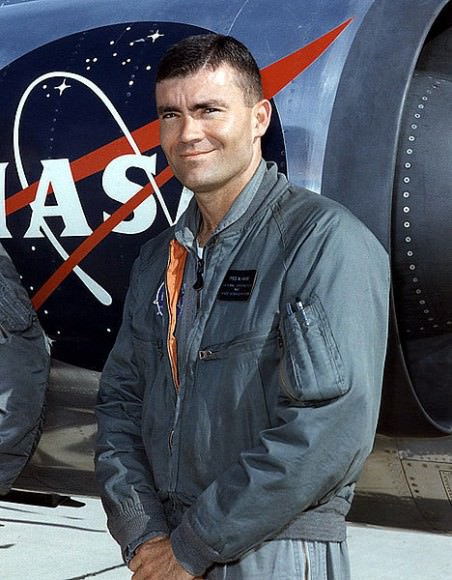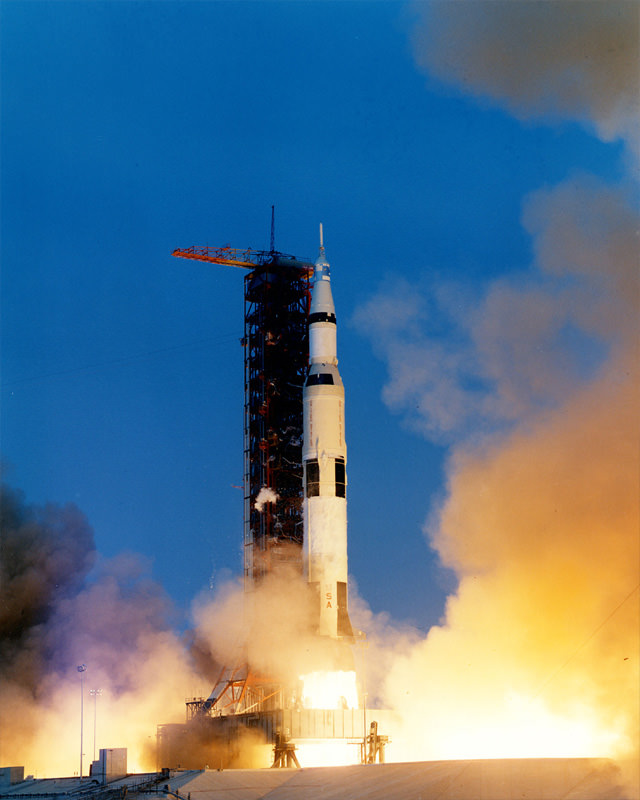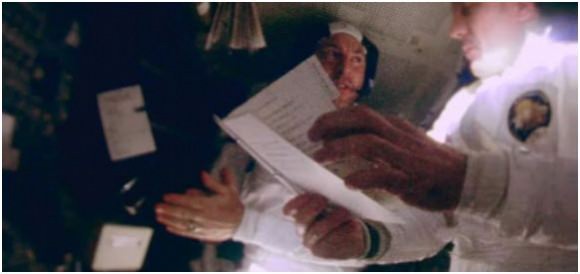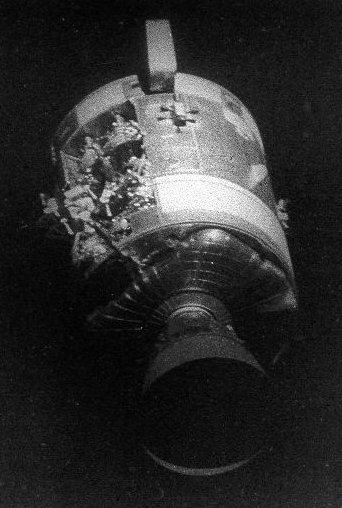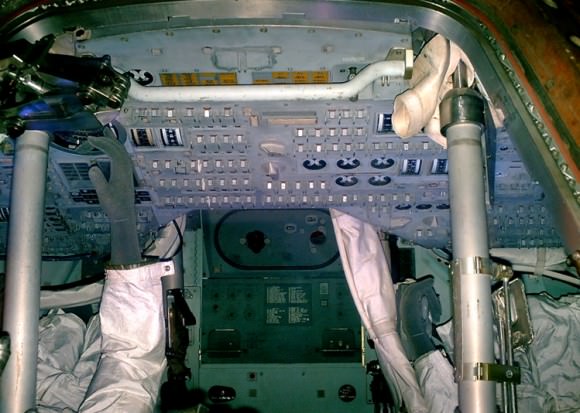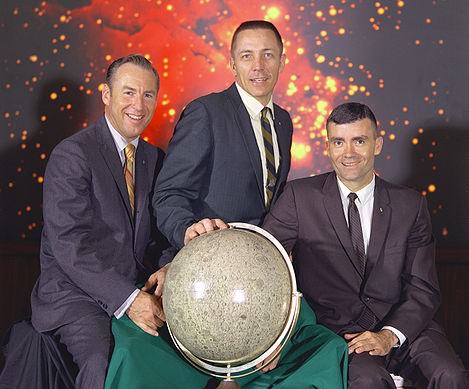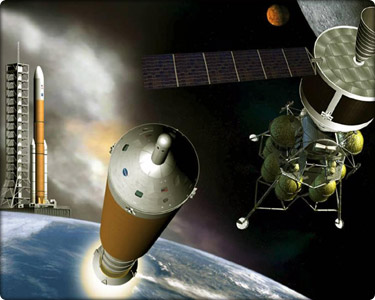[/caption]
What will it take to actually get humans to Mars? The best answer is probably money. The right amount of cold, hard cash will certainly solve a lot of problems and eliminate hurdles in sending a human mission to the Red Planet. But cash-strapped federal space agencies aren’t currently in the position to be able to direct a mission to another world – at least in the near term – and seemingly, a trip to Mars is always 20-30 years off into the future. But how about a commercially funded effort?
At first glance, a paper published recently in the somewhat dubious Journal of Cosmology appears to have some merits on using an independent corporation to administer and supervise a marketing campaign – similar to what sports teams do to sell merchandise, gain sponsors, garner broadcasting rights and arrange licensing initiatives. The paper’s author, a psychologist named Dr. Rhawn Joseph, says that going to Mars and establishing a colony would likely cost $150 billion dollars over 10 years, and he lays out a plan for making money for a sustained Mars mission through the sale of merchandise, naming rights and even creating a reality TV show and selling property rights on Mars.
Could such a scheme work?
Not according to former NASA engineer Jim McLane, who has a fairly unique scheme of his own to get humans to Mars: a one-way, one person mission.
For years, McLane has been a proponent of getting humans to Mars as quickly as possible, and his plans for a one-way mission are outlined in a very popular article Universe Today published in 2008. So, what does he think of a commercially funded effort?

“I am a vocal proponent of an early settlement on Mars,” McLane replied to a query from UT, “ So I should have welcomed Dr. Joseph’s proposal to establish a colony in 10 years with private funds and clever marketing. Regrettably, after reading the details of his scheme I believe the good Doctor should stick to peddling his patented herbal sexual dysfunction treatment and refrain from speculating about technologically intensive endeavors like a trip to Mars.”
For starters, McLane wonders about the costs that Joseph proposes. “It’s questionable,” he said. “One cannot propose a cost without first devising a technical approach and he has not done that. He justifies the large investment by alleging that there will be significant financial returns, for example the investors might be able to claim the mineral wealth of the entire planet. However owning such an asset is of dubious value since there is no way to send anything valuable back to Earth.”
Unlike ancient Spanish treasure fleets loaded with silver that sailed every year from the New World, McLane said, nothing on planet Mars will ever be worth the expense of shipping it home. Plus, selling real estate on Mars might not even be a viable option. The 1967 Outer Space Treaty prohibits governments from making extraterrestrial property rights claims, and even though some especially ambitious entrepreneurs have tried selling real estate on the Moon and Mars, ownership of extraterrestrial real estate is not recognized by any authority. According to current space law, any “deed” or claim on another extraterrestrial body has no legal standing.
McLane was also not impressed with Joseph’s statement about the wastefulness of spending on the US military as a justification for spending money on a Mars mission. “It is not as if one program could be substituted for the other,” said McLane. “But, substitution is not what Dr. Joseph proposes. He feels inclined to speculate on the wastefulness of current wars even though this is an essay on Space.”
Some of the ideas Joseph outlined for marketing does have some validity, McLane said. “Long ago NASA should have realized that the image they cultivate of nerdy, ethically and sexually diverse astronauts does not inspire the tax payer nearly as much as the early astronauts who we expected to be risk taking, hell raising test pilots,” he said.
In respect to finances, McLane said he agrees with Joseph that there is a place for private capital, but not in regards to the venture capital proposal.
“Private money could jump start a manned Mars mission,” McLane said, “but persuading billionaires to invest based on some speculative financial return is doomed to fail. I believe rich folks might be willing to help pay to put a human on Mars, but the motivations would be philanthropy and patriotism, not financial gain. Several wealthy citizens might contribute seed money (say a quarter billion dollars or so) to finance a detailed study of the design options for a one way human mission – a concept that thus far NASA refuses to consider. Such a study would reveal the technical practicality of the one-way mission and the relative cheapness of the approach. The study would probably show that a human presence on Mars would cost little more than a human moon base assuming the same 10 year time span for accomplishing both programs.”
Dr. Joseph concludes his paper by asserting that several foreign countries “are already planning on making it to Mars in the next two decades.” McLane said this seems highly improbable since the funds spent today by these nations on manned spaceflight are a tiny fraction of what the US currently spends.

While Joseph – and seemingly the current President and NASA leaders favor an international effort to get to Mars, McLane believes this is short-sighted for two reasons.
One, there would be enormous technological returns from a human Mars landing that would greatly stimulate business and the economy. “Why should the US share these large returns with foreign countries,” McLane asked? And second, an all American effort could potentially take advantage of classified US military technology.
McLane did say previously, however, that the world would be excited and unified by a mission to Mars. “The enthusiasm would be the greatest effect of a program that places a man on Mars, over and above anything else, whether it makes jobs, or stimulates the economy, or creates technology spinoffs. We’re all humans and the idea of sending one of our kind on a trip like that would be a wonderful adventure for the entire world. The whole world would get behind it.”
McLane has written a recent article in The Space Review that Mars is the key to NASA’s future.

